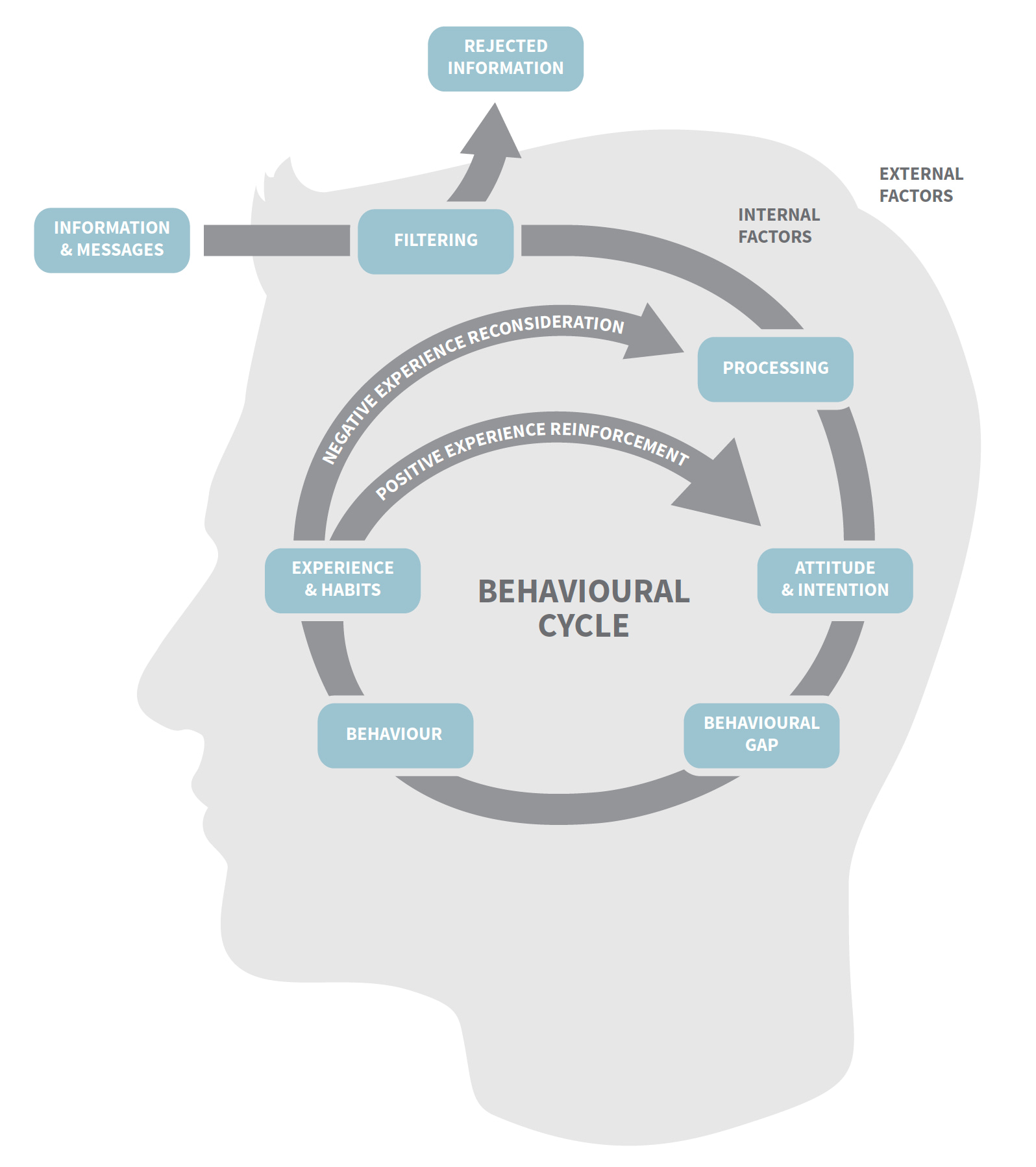Leveraging consumer behaviour to transform the food system
Influencing consumer decisions around food and diet
WWF Nederlands tasked Metabolic with performing a holistic analysis of the global food system. In the process, consumer behavior was identified as an important intervention point to trigger structural change. In a follow-up report, we shed light on strategic ways to shift consumer behaviors in relation to the food system and beyond.
- Client: WWF Nederlands
- Date: 2016
Can we use consumer behavior to transform the food system?
The global food system is a major contributor to climate change and biodiversity loss. In order to transition to a sustainable and resilient system, addressing consumer behavior is key. Consumer purchasing decisions represent about 60% of the world’s GDP and affect the food system through market demand, making consumer behavior change a strategic area for sustainability interventions.
However, consumer behavior is a complex and dynamic phenomenon based on a very sensitive and unpredictable decision-making process. Due to these characteristics, it is extremely easy to alter the outcome of this process, but it is difficult to do so in a predictable way.
Understanding consumer decision-making processes
In order to influence consumer behavior we first have to understand it. We undertook an analysis of the consumer decision-making process to assess the potential of behavioral interventions. After providing a clear picture of the behavioral process, both at the individual and societal levels, these insights were translated into strategies for changing behavior effectively. These strategies are useful tools to trigger permanent change in consumers and, subsequently, the food system itself.
Strategies for effective behavioral interventions
Based on the analysis, 10 strategies to shift consumer attitudes have been identified. Although the identified methods have been structured around food, they can theoretically be applied to any sustainability initiative.
- Argumentative persuasion: ‘Make it sensible’
- Nudging: ‘Make it easy to do’
- Doubt assuaging: ‘Make benefits clear’
- Enabling conditions: ‘Make it accessible’
- Image editing: ‘Make it look good’
- Priming: ‘Make it tangible’
- Shepherding: ‘Make it social’
- Economic & regulatory instruments: ‘Make the cost make sense’
- Cascading through social structures: ‘Make it normal’
- Positive feedback: ‘Make it rewarding’
To ensure these strategies land, interventions should not only be targeted but also used in combination: strategies that influence processing and adoption must be combined with those that enable and stabilize behavior, and we must combine high feasibility with high impact.










Director
ANY QUESTIONS?
For more information about this project, please get in touch.






